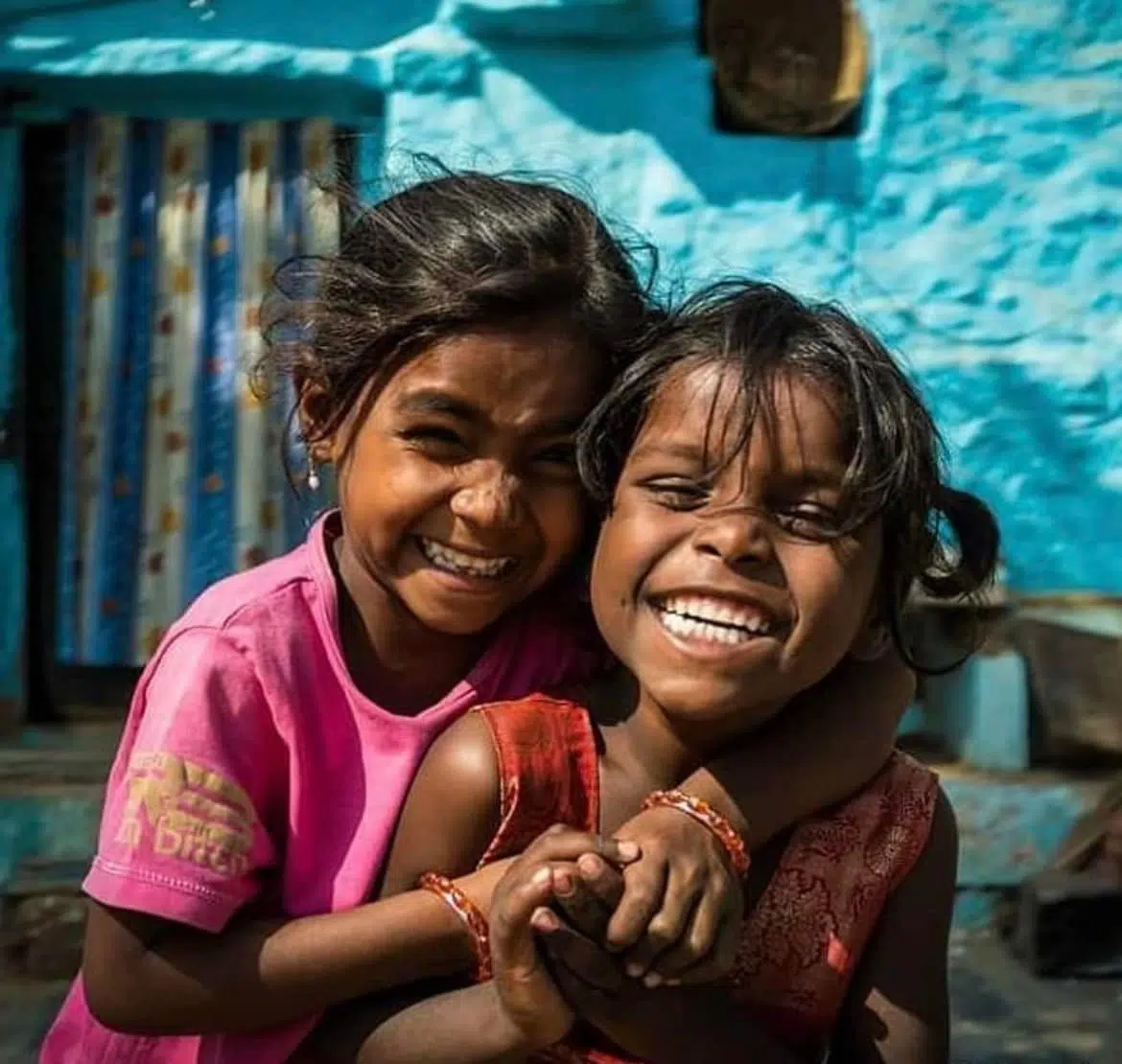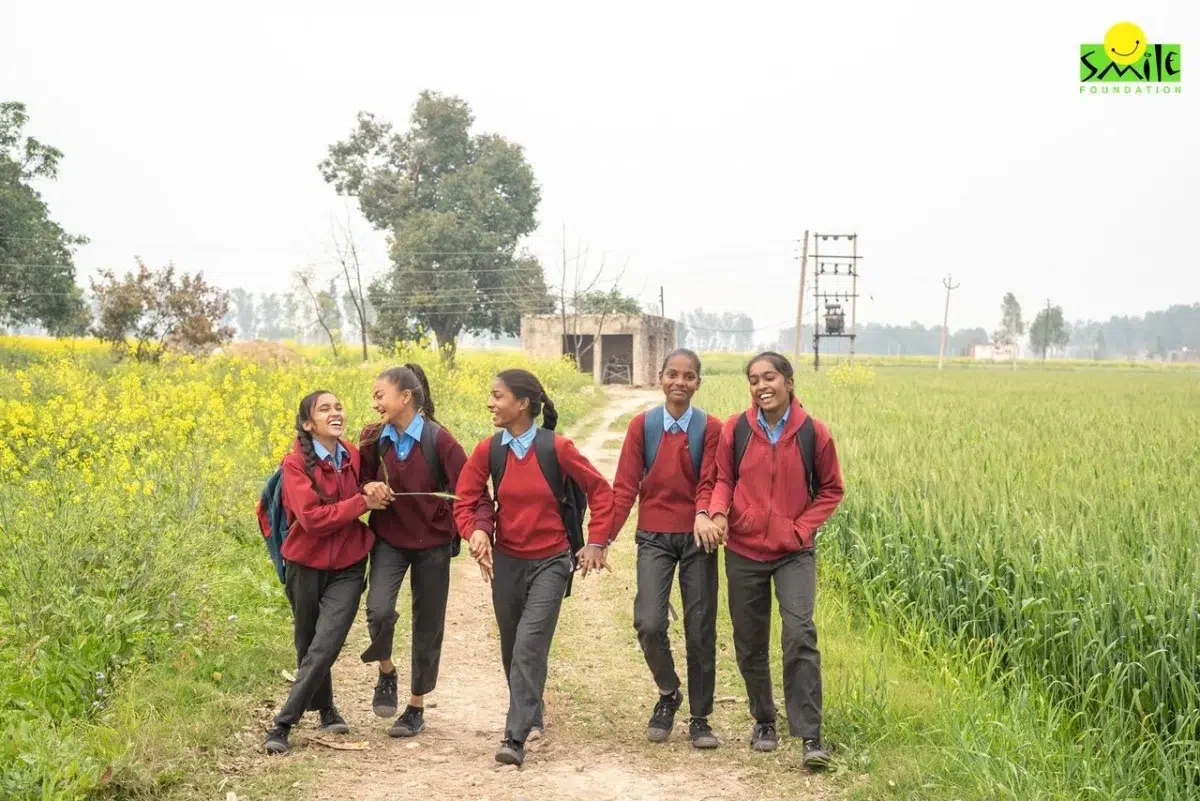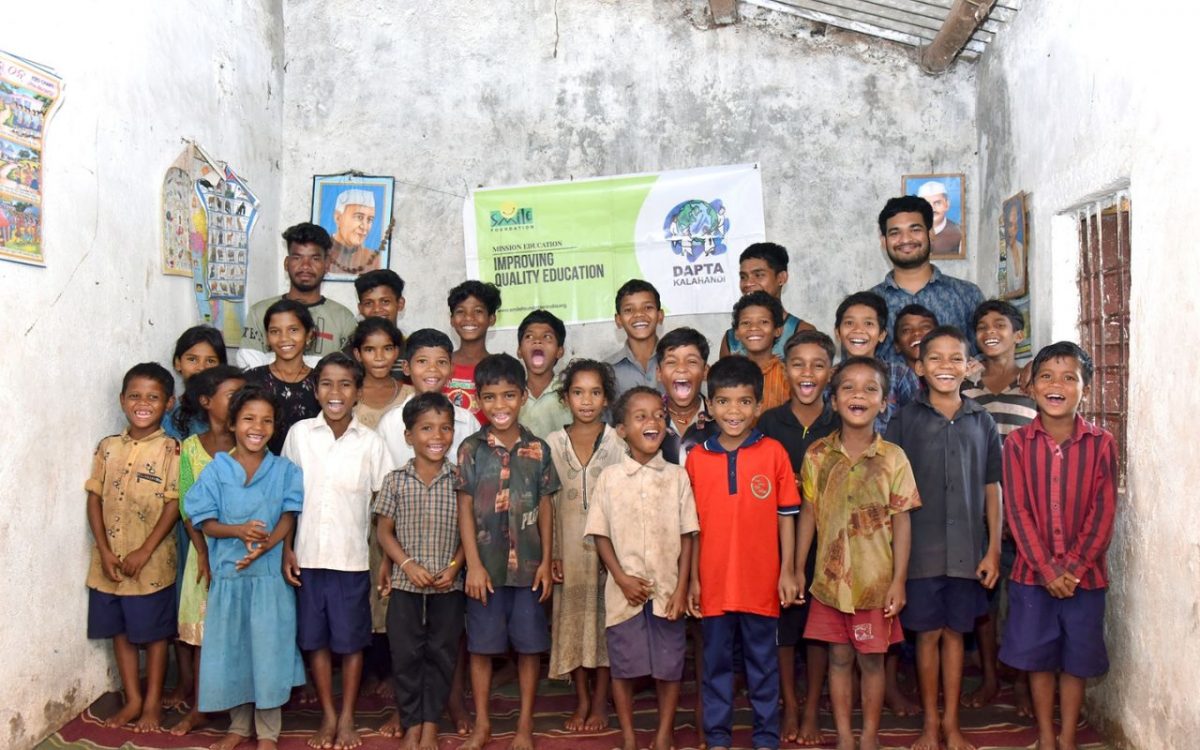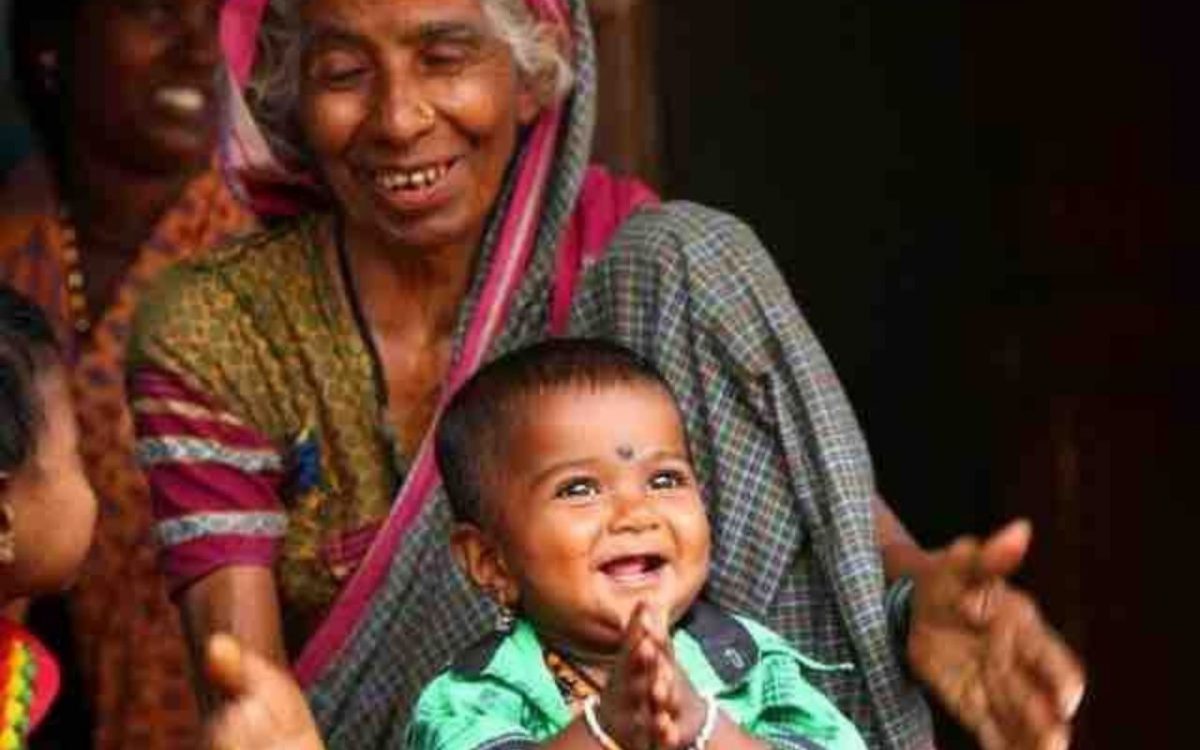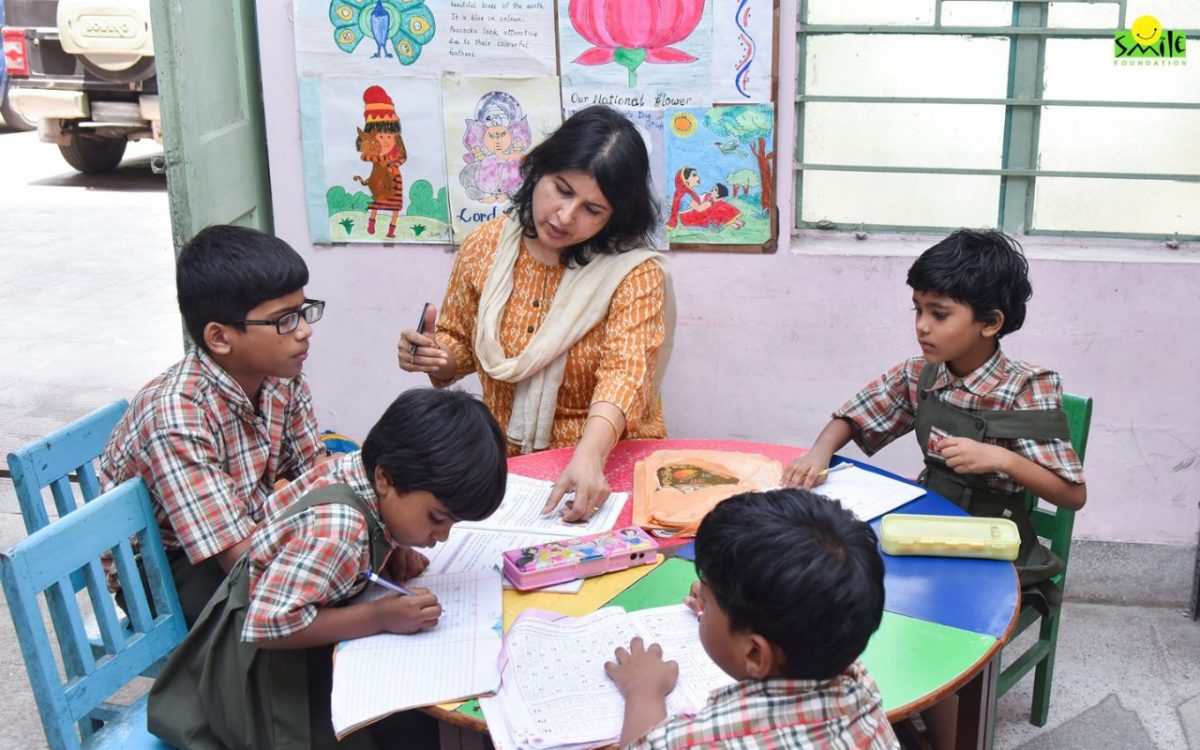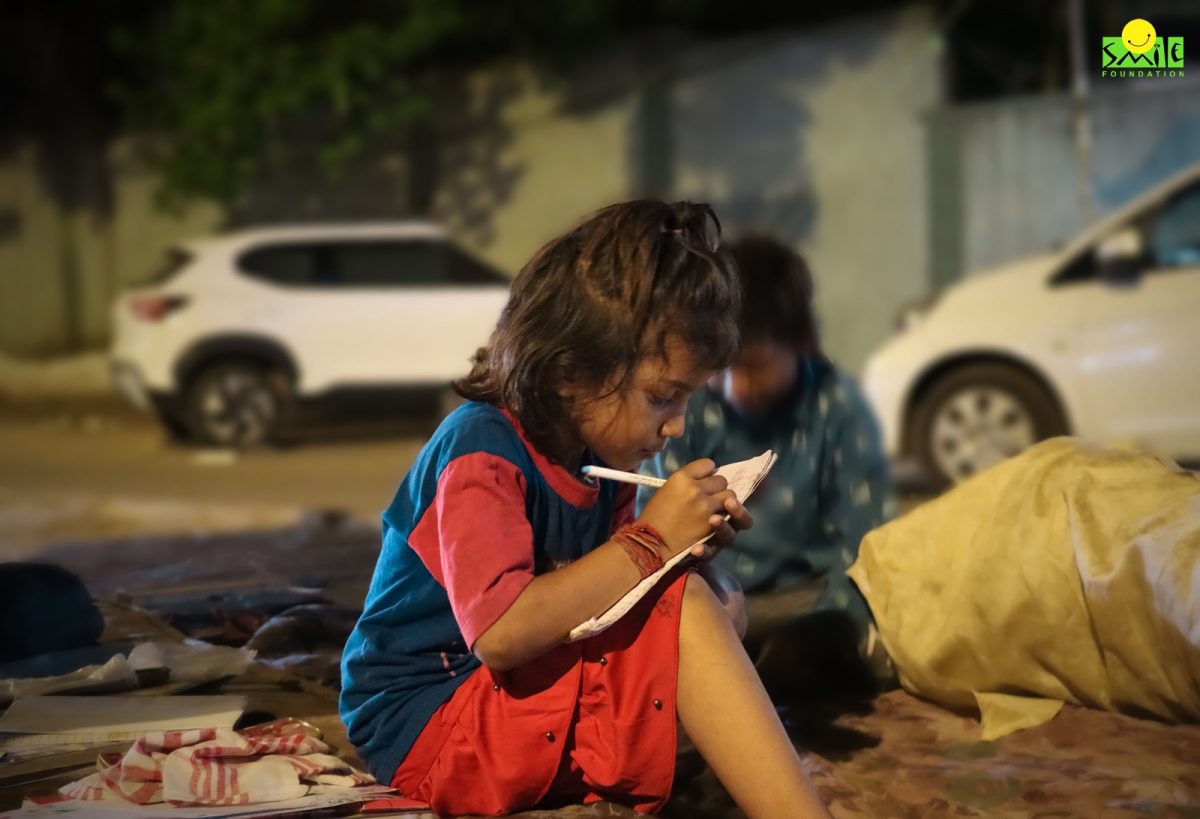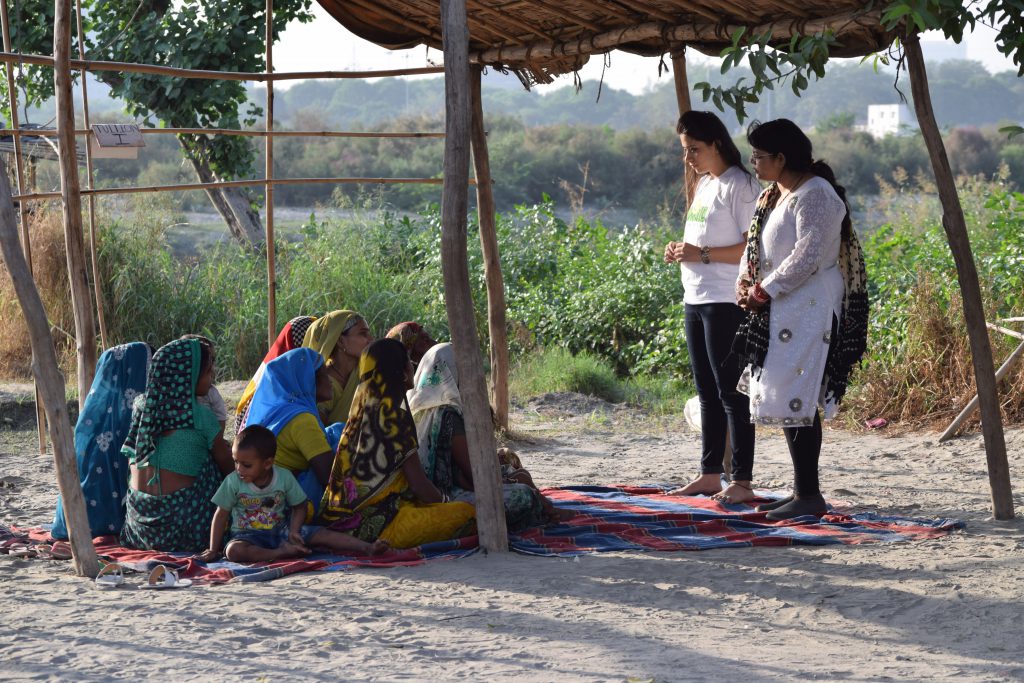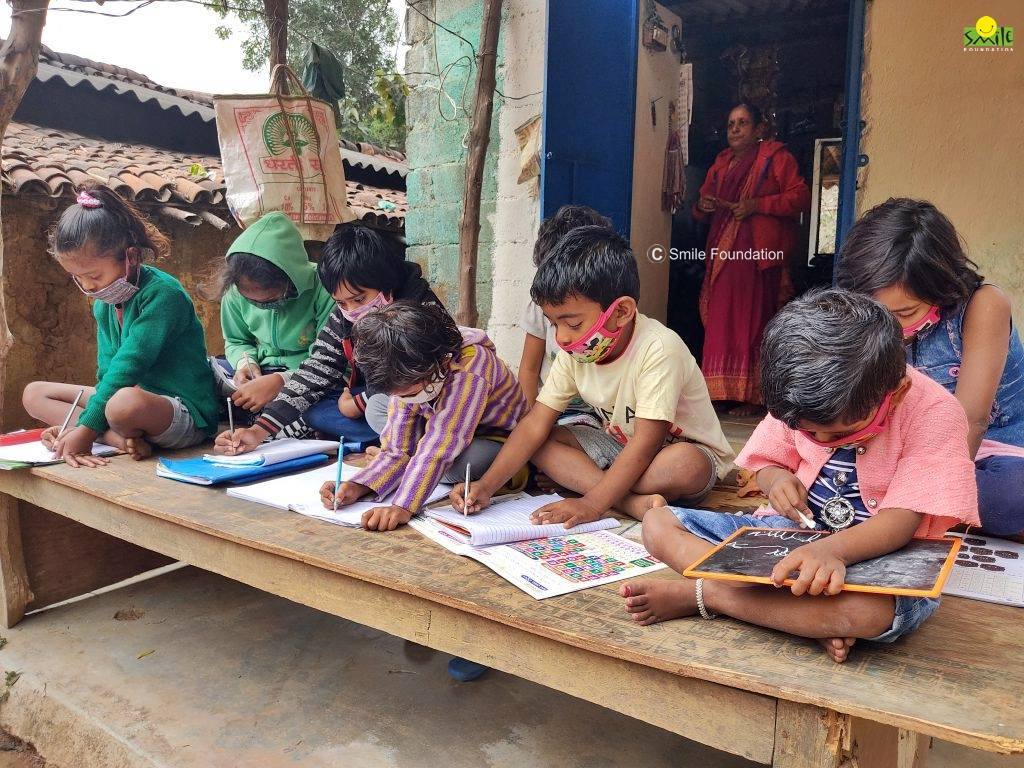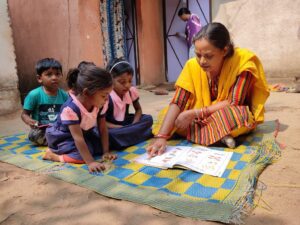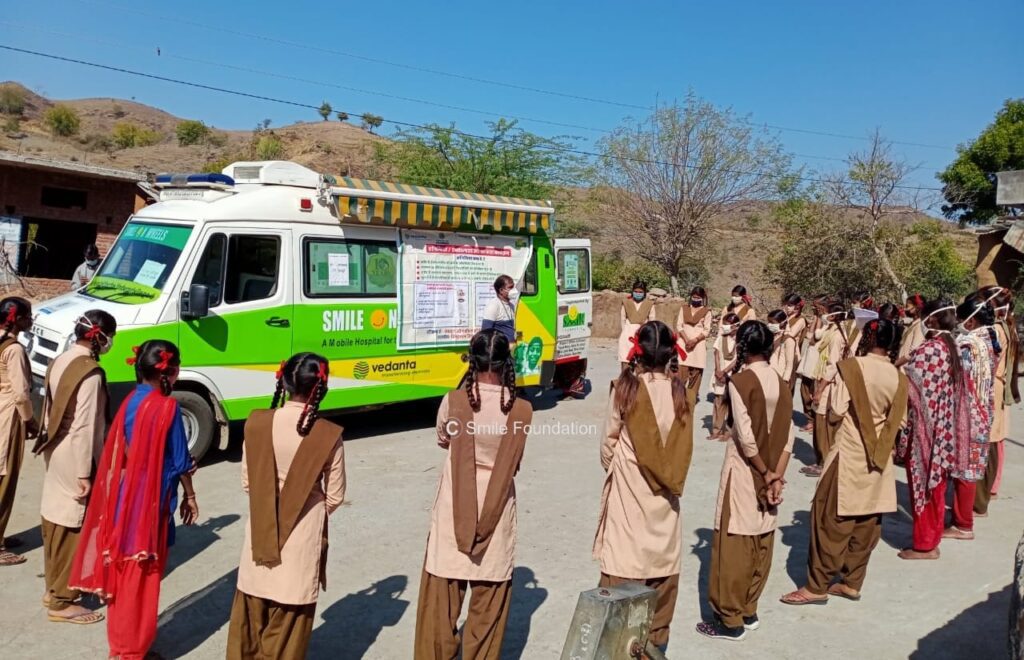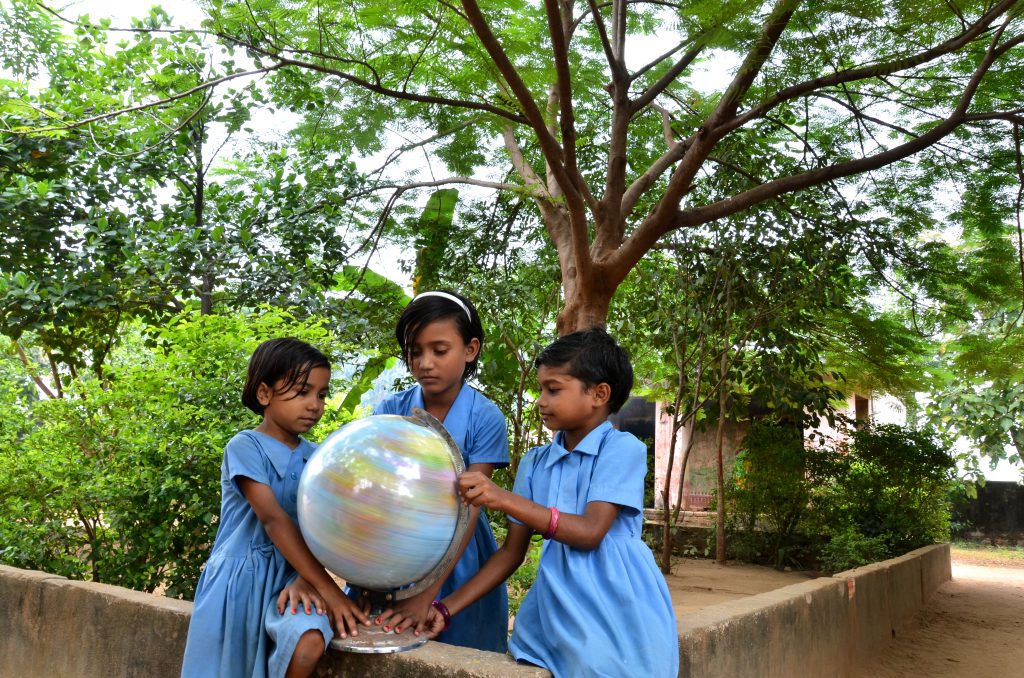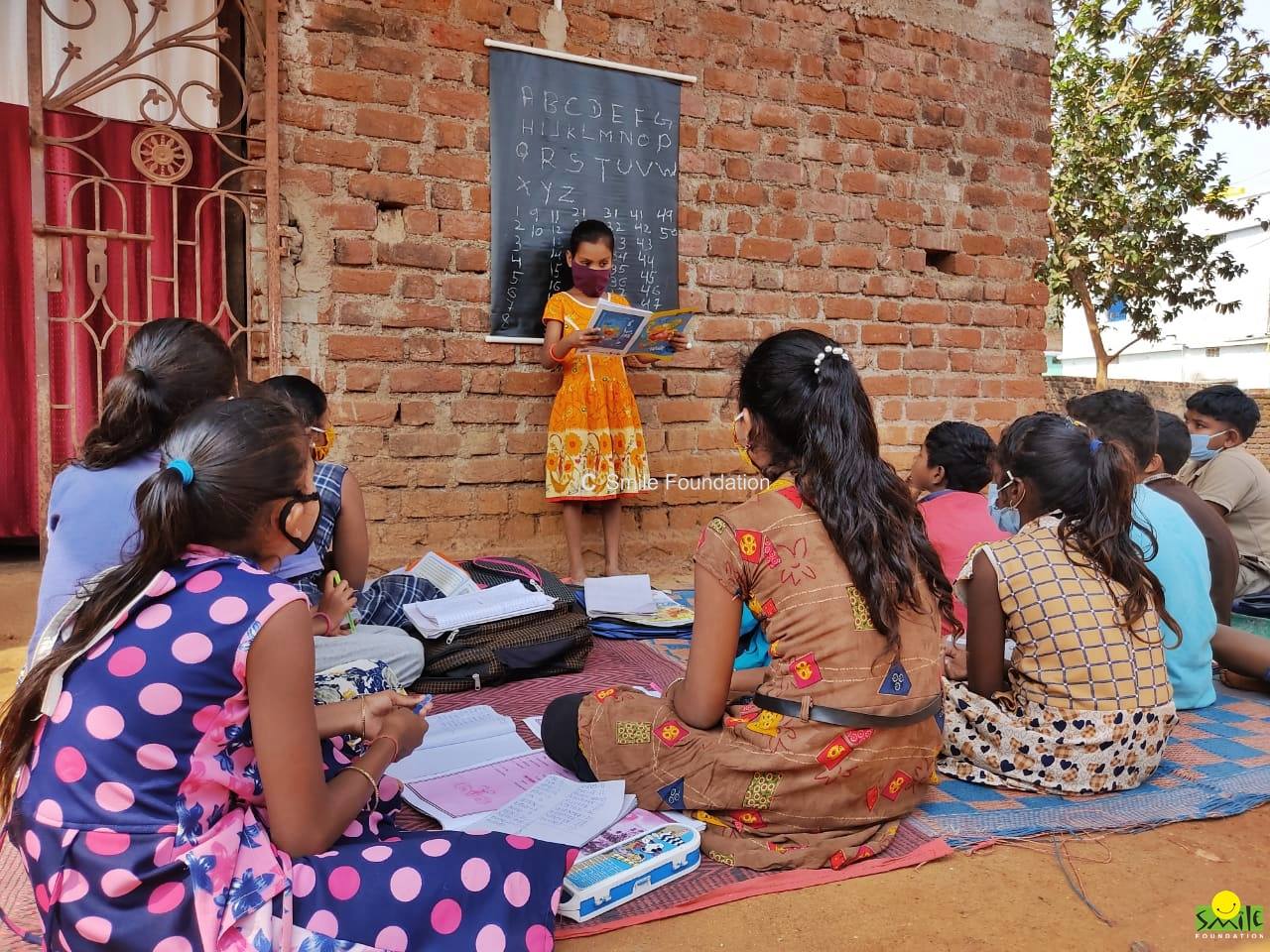In the movie Red One, Santa Claus is portrayed as more than just a figure of holiday cheer; he’s depicted as a superhero with a mission to spread joy to children and adults alike. The film beautifully captures the innocence of children who eagerly await Christmas, striving to be well-behaved in hopes of staying off the naughty list and receiving their much-anticipated gifts. However, the movie also underscores an important message: Santa doesn’t just expect good behavior from children, but from adults too.
This reflection becomes especially relevant as Christmas approaches. It’s a time for us as adults to remember and cherish the innocence of childhood and to spread joy to those who need it most. While Christmas often means fun and festivities for your own children, whom you may indulge during the celebrations, it’s also an opportunity to think of those less fortunate. Take, for example, the homeless girl you see at the traffic signal, running up to your car, eager to sell Christmas stars or reindeer bands. For her, each holiday represents a chance to earn a few dollars for a decent meal. This Christmas, consider making a difference in her life. You can help transform her future by supporting education for girls.
Let’s make this Christmas truly meaningful. As Ruth Carter Stapleton beautifully said, “Christmas is most truly Christmas when we celebrate it by giving the light of love to those who need it the most.”
Why Support Girl Child Education?
India stands at 129th position in the Global Gender Gap Index 2024, published by the World Economic Forum. This is a clear indicator that there’s a wide gap that still exists between male and female population in India and we have a long way to go to achieve gender equality, also listed as Goal 5 in the United Nations Sustainable Development Goal by 2030.
Education is the foundation of empowerment, and every child deserves the gift of education to ensure a bright future. However, due to gender disparities prevalent in our country, girls often fall further behind. This makes it crucial to focus more on the girl child, providing the support needed to help them catch up.
Educating girls has far-reaching benefits for society, the nation, and the world. An educated girl grows into an empowered woman who makes informed, thoughtful decisions that not only improve her own life but also positively impact those around her. Educated girls are less likely to marry early, tend to have fewer children, and space pregnancies more effectively. These factors contribute to lower maternal and infant mortality rates, fostering a healthier nation.
Furthermore, an educated mother is better equipped to care for her children’s nutrition, health, and education, while also supporting the well-being of the entire family. Education also opens doors for women to access better income-generating opportunities, which not only enhances their standard of living but also contributes positively to the economic development of the nation.
Donate on Christmas, Make a difference
The festive season of Christmas begins with Thanksgiving around the world. It is an occasion where people express their gratitude for the blessings and sacrifices of the past year and celebrate by feasting with family and friends. Festivals often remind us to be grateful for the fortunes we are blessed with. Giving back to society and sharing our abundance with the ones deprived of it can be a great way to show our thankfulness to God.
Here’s a list of few Christmas Donation Ideas:
1.Donate for girl child education: When it comes to a poor family struggling for two square meals a day, education becomes their least concern. But education has the power to change lives, especially girl child education. You can give the precious gift of education to these under-privileged children and transform their lives.
Smile Foundation through its Shiksha Na Ruke initiative has been working relentlessly to make sure that poverty doesn’t deter education for a child. You can join hands with the Smile Foundation and donate online in a one-time or monthly payment mode to help educate a child and gift them a better future.
2. Donate educational gifts to poor kids: There are many poor and marginalized kids who are eager to read and write but cannot afford books or educational stationery. This Christmas, you can be their Santa Claus and buy them notebooks, pencils, erasers, crayons and other stationery which might not cost you much but would surely bring a big smile on these kids’ faces.
3. Share your Christmas Treat: Christmas is incomplete without a scrumptious and elaborate feast with friends and family. In case you are hosting one such Christmas feast and have cooked or arranged food that’s more than what you need, remember there are lots of hungry people you can feed. You can donate your extra food by finding the needy yourself or call the helpline numbers which provide assistance in this regard.
4. Donate winter clothes to the homeless: Christmas time is winter time when many parts of the country experience extreme cold. In such climatic conditions, the homeless people and footpath dwellers suffer the most. You can donate bed sheets, blankets, shawls or any winter clothing to keep them warm and survive the chilly weather.
5. Cook a special Christmas meal for poor kids: Christmas is about sharing food, fun and festivities. You can take like-minded friends or family members and spend your Christmas at any orphanage, children’s home or old age home and cook a special meal for them. Believe us, the twinkle in their eyes and glee on their face would make the most cherished Christmas memories.
6. Be the Secret Santa to a needy person: Playing secret Santa and giving surprise gifts to colleagues has become part of Christmas celebrations in corporate offices in recent times. How about being a secret Santa to a person or family that expects it the least but needs it the most. For example, the watchman of your apartment, or the lift attendant in your office, the maid who works in your house or the delivery boy of your neighbourhood grocery store. If you know any specific requirement of a needy person in your vicinity or a community helper, which you can afford to fulfill, then go ahead and grant their wish. You’ll not just pleasantly surprise them but earn loads of sincere blessings.
Final Takeaway
A small act of charity by you could mean a world of difference to someone. Never stop being kind because kindness keeps the world going and has a positive impact on the self and society. Not just Christmas or any festival, let’s make kindness and compassion a way of life because as the common saying goes, “Service to Mankind is service to God.”
So set out with all your heart to donate, volunteer and serve others at every opportunity you can. Learn about Smile Foundation’s flagship programme, Mission Education and know what it is doing with respect to girl child education. Donate for girl child education today. Wish you a Merry Christmas!



